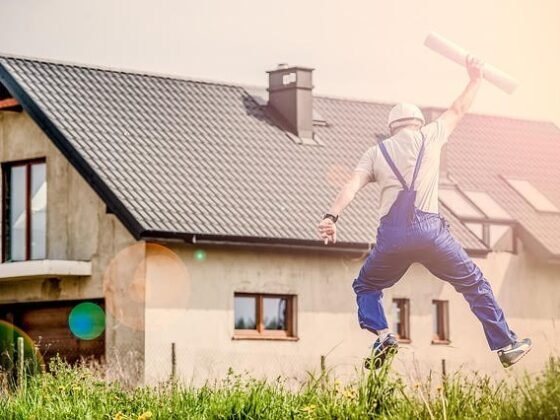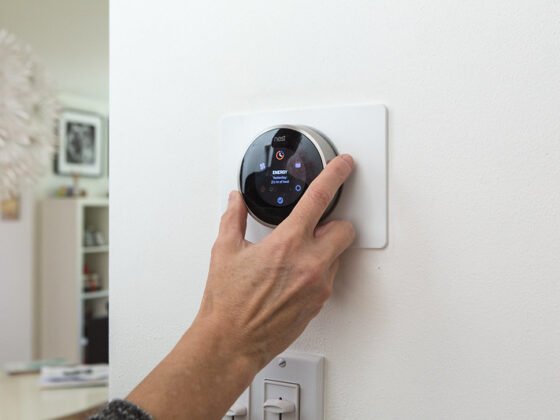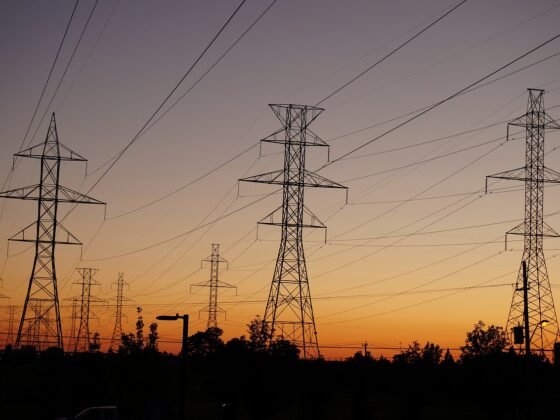Table of Contents Show
Starting a home improvement project is an exciting notion. It’s an opportunity to breathe new life into your living space, improve functionality, and add a personal touch.
However, amid the creative frenzy, it’s critical to prioritize safety, especially when it comes to hidden but critical features like waterproofing. A solid waterproofing system acts as a silent protector, shielding your home’s essential structure from the harmful powers of water.
Neglecting it can cause a chain reaction of problems, jeopardizing not only looks but also structural integrity and overall well-being.
Let’s look at some important safety precautions you can take to ensure your newly renovated living area is leak-proof and secure for years to come.
1. Pre-Renovation Evaluation: Uncovering the Existing System
A complete inspection of your existing waterproofing system is required before removing walls or installing new flooring. This entails:
Identifying potential sources of leaks: Look for signs of water damage on the roof, gutters, windowsills, and external cracks. Basements and crawl spaces, in particular, are prone to moisture buildup due to their proximity to the earth.
Assessing existing waterproofing: Examine the state of the existing membranes, flashings, and sealants. Are they fractured, old, or placed incorrectly? Can they withstand the greater water exposure that is expected following your remodel?
Understanding construction codes and regulations: Learn about local building codes for waterproofing needs in specific sections such as bathrooms, kitchens, and balconies. It is critical to consult a certified waterproofing professional during this critical pre-renovation
phase. Their knowledge and experience may assist you in identifying weaknesses, assessing repair needs, and recommending the most effective waterproofing solutions for your unique project and budget.
2. Demolition with Caution: Risk Reduction During Deconstruction
Even at the most destructive phase of demolition, safety takes precedence. Insufficiently removing existing structures might damage current waterproofing levels and introduce new vulnerabilities. Therefore:
Work methodically: Before demolishing, mark and identify places with waterproofing membranes or sealing materials. Remove surrounding components with care to avoid destroying these crucial barriers.
Isolate sensitive zones: If demolition in sensitive areas like basements or crawl spaces is necessary, cover and shield them temporarily with tarps or plastic sheeting to prevent moisture intrusion.
Make proper waste disposal a top priority: To reduce accidents and tripping hazards, remove debris immediately, especially broken tiles, exposed concrete, and sharp items.
Remember that your demolition crew should be briefed on these safety precautions and outfitted with proper personal protective equipment to reduce risks.
Read Also :
3. Phase of Construction: Establishing a Watertight Foundation
The exciting step of creating your fantasy space has begun. However, make certain that safety and waterproofing remain top priorities:
Install new membranes and sealants: Choose high-quality waterproofing membranes specifically built for the application, such as a basement wall, bathroom floor, or roof deck. To make smooth connections and avoid potential leak pathways, use appropriate primers and sealants.
Combine with existing elements: To prevent water from seeping behind and compromising wall or roof structures, ensure adequate flashing installation around windows, doors, and other penetrations.
Make ventilation a top priority: Proper ventilation in bathrooms, kitchens, and laundry rooms manages moisture levels and prevents condensation buildup, lowering the danger of mold growth and water damage.
Consider applying Dr. Fixit 301, a high-performance cementitious waterproofing coating proven to help combat cracks, leaks, and dampness, in areas with pre-existing water damage or where further protection is required.
4. Inspection after construction
Post-construction checks, like preventative healthcare, are critical for guaranteeing the effectiveness and durability of your waterproofing system. Make an appointment with your waterproofing professional for a final inspection to:
Check for proper installation: Examine seams, joints, and transitions to verify they are watertight and defect-free.
Leak detection: If necessary, do water penetration testing to uncover any breaches before they cause major problems.
Maintain a record of warranty information: Secure material and workmanship warranties for future reference and peace of mind. 5. Long-Term Success Requires Maintenance:
Remember that a soundproofing system requires ongoing maintenance. Inspect roofs, gutters, and outside cladding for signs of wear and tear regularly. To avoid future problems, fix any cracks, leaks, or sealant failures as soon as possible.










